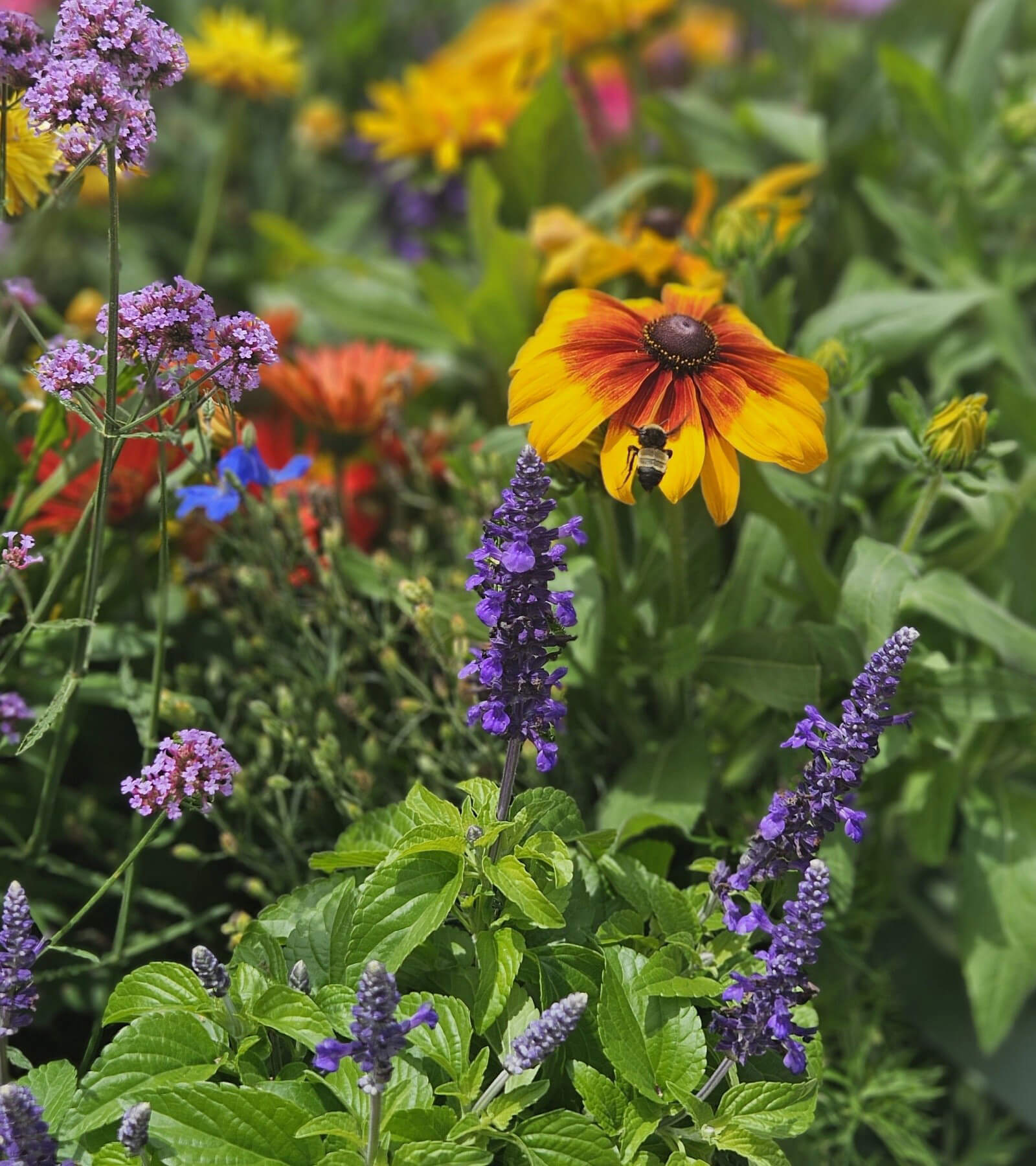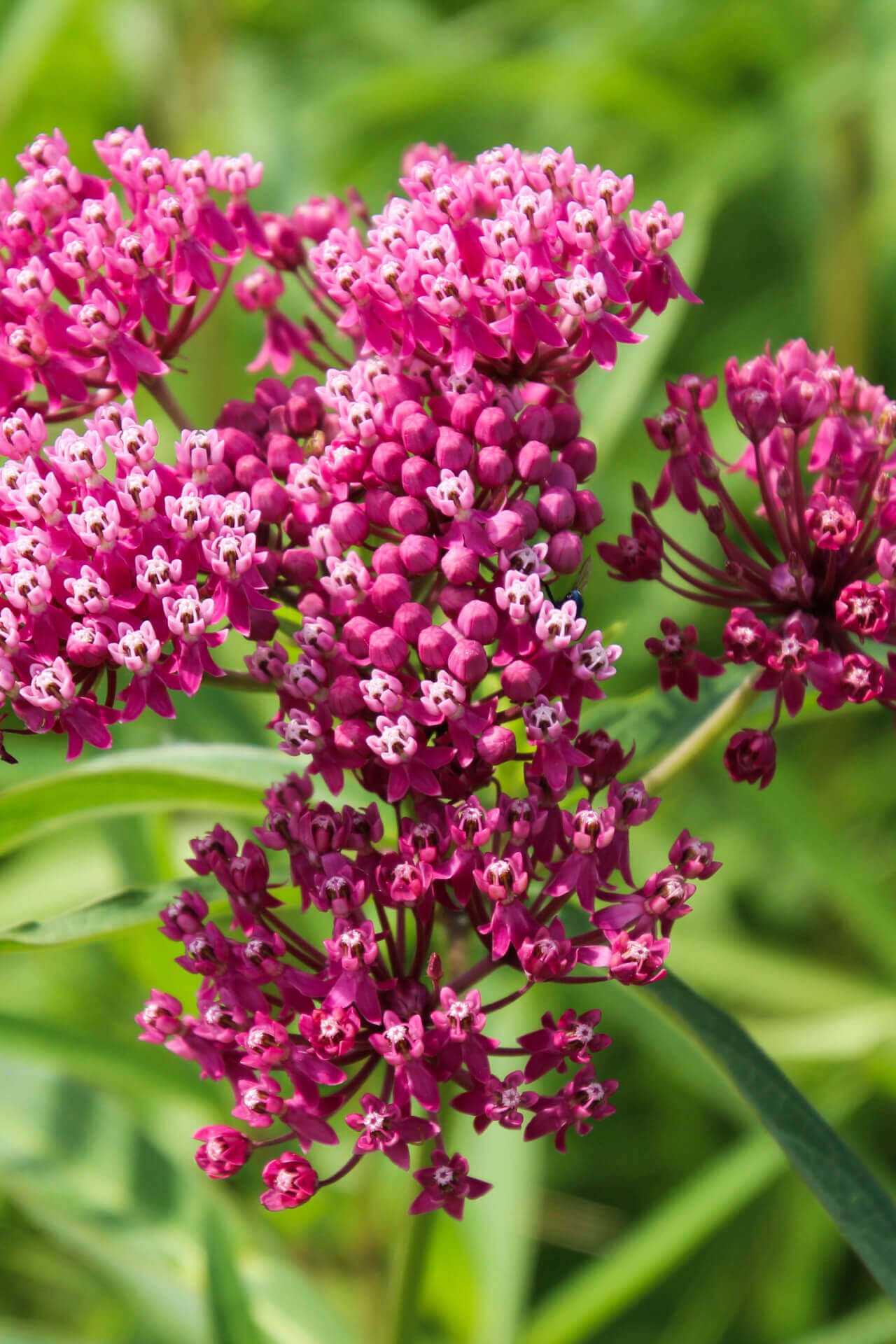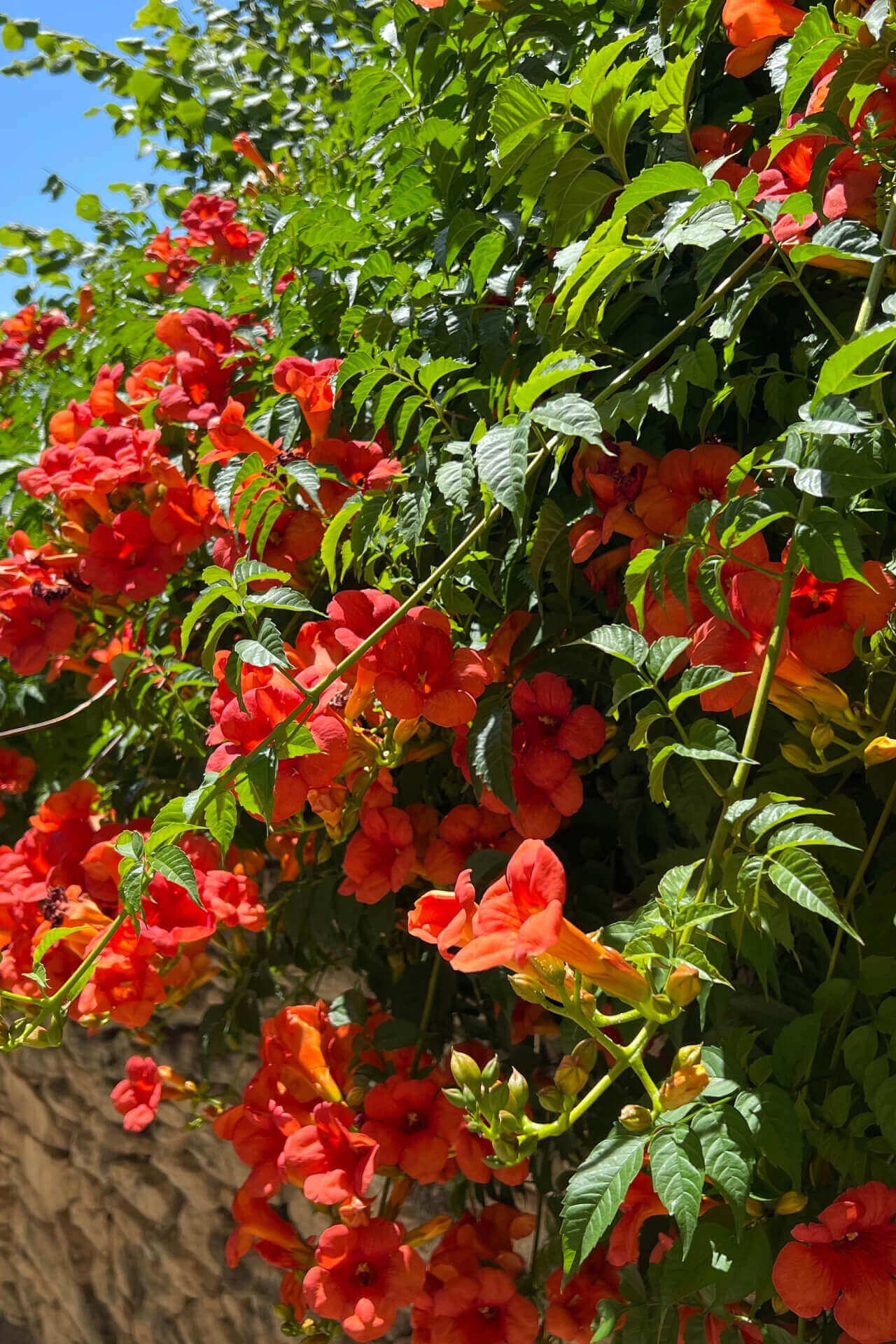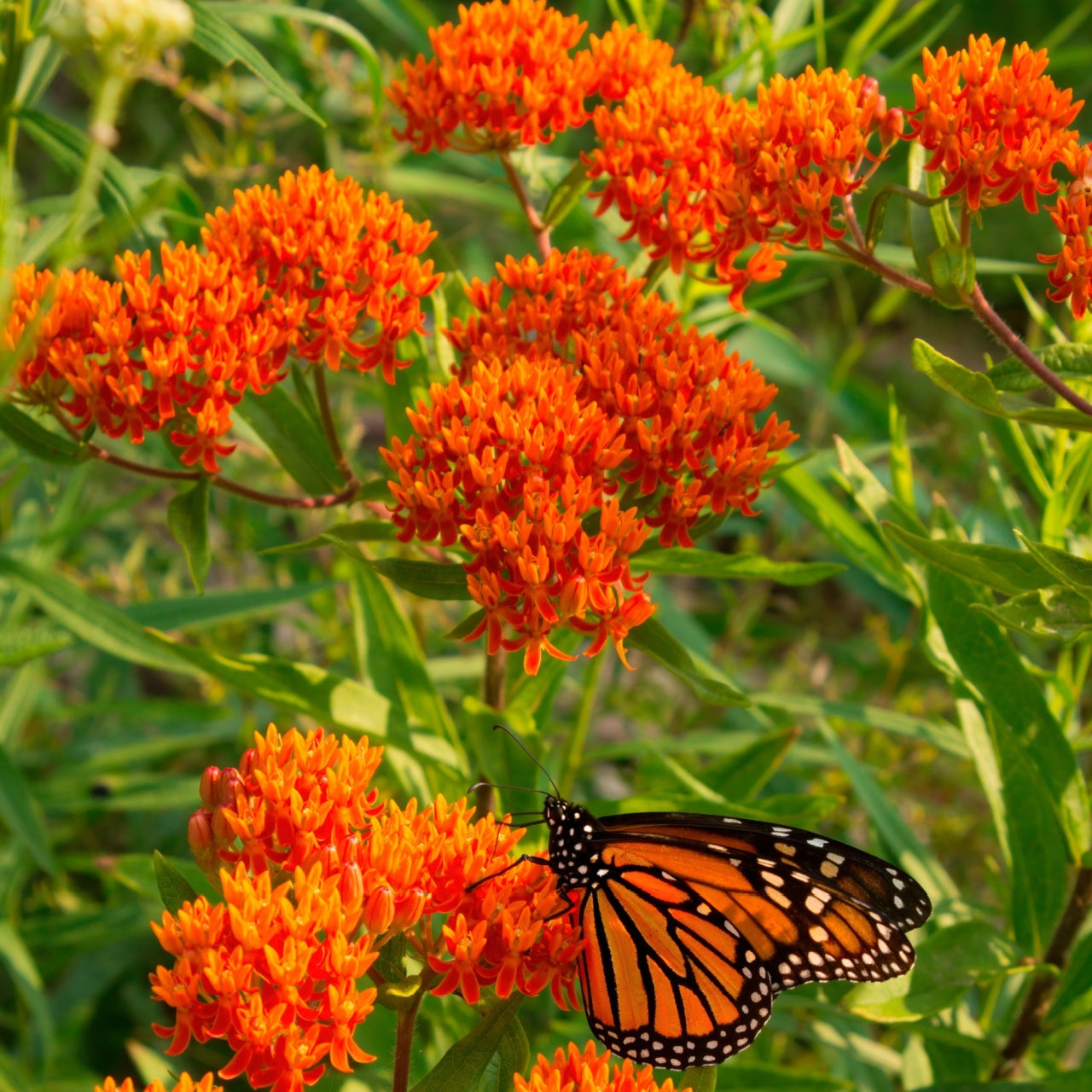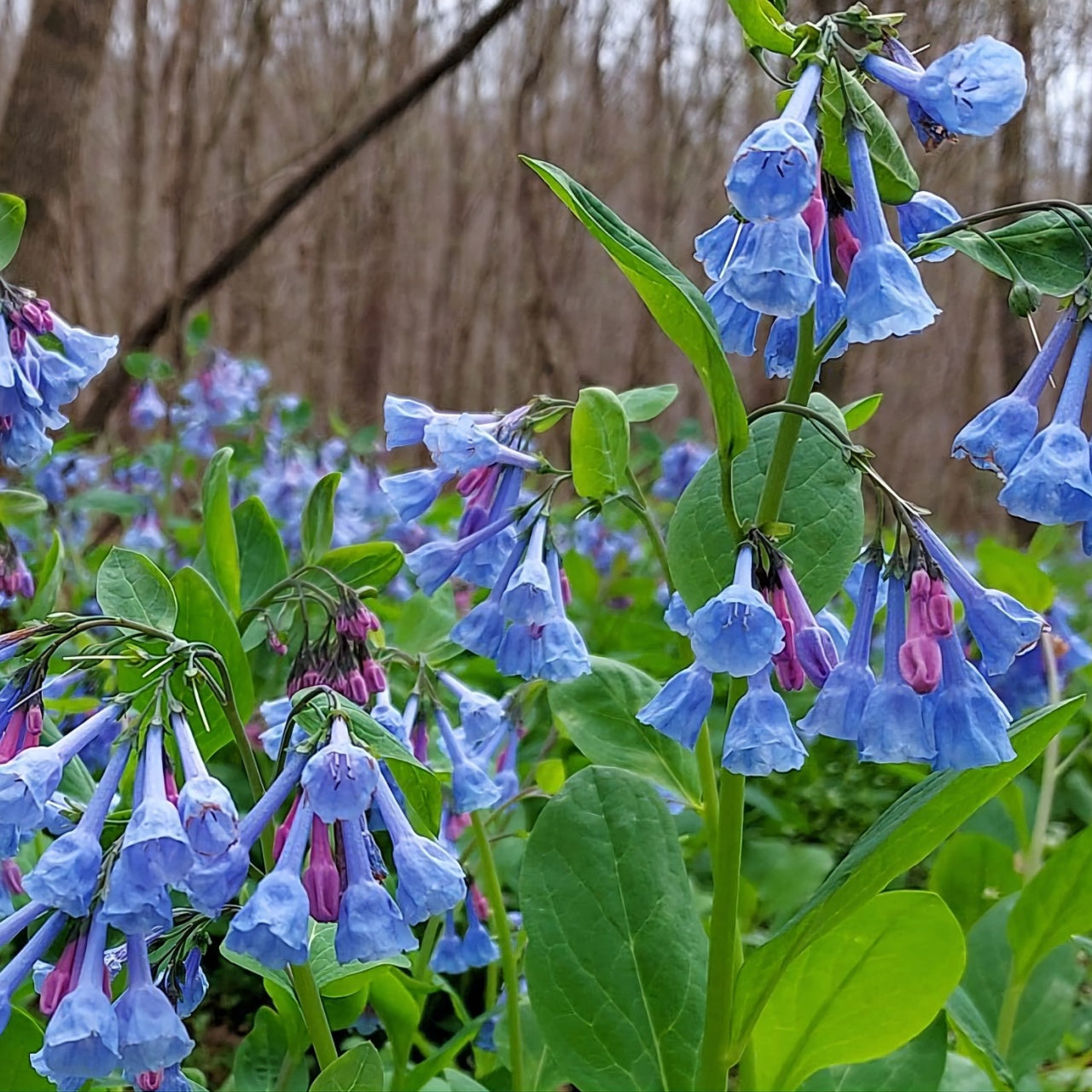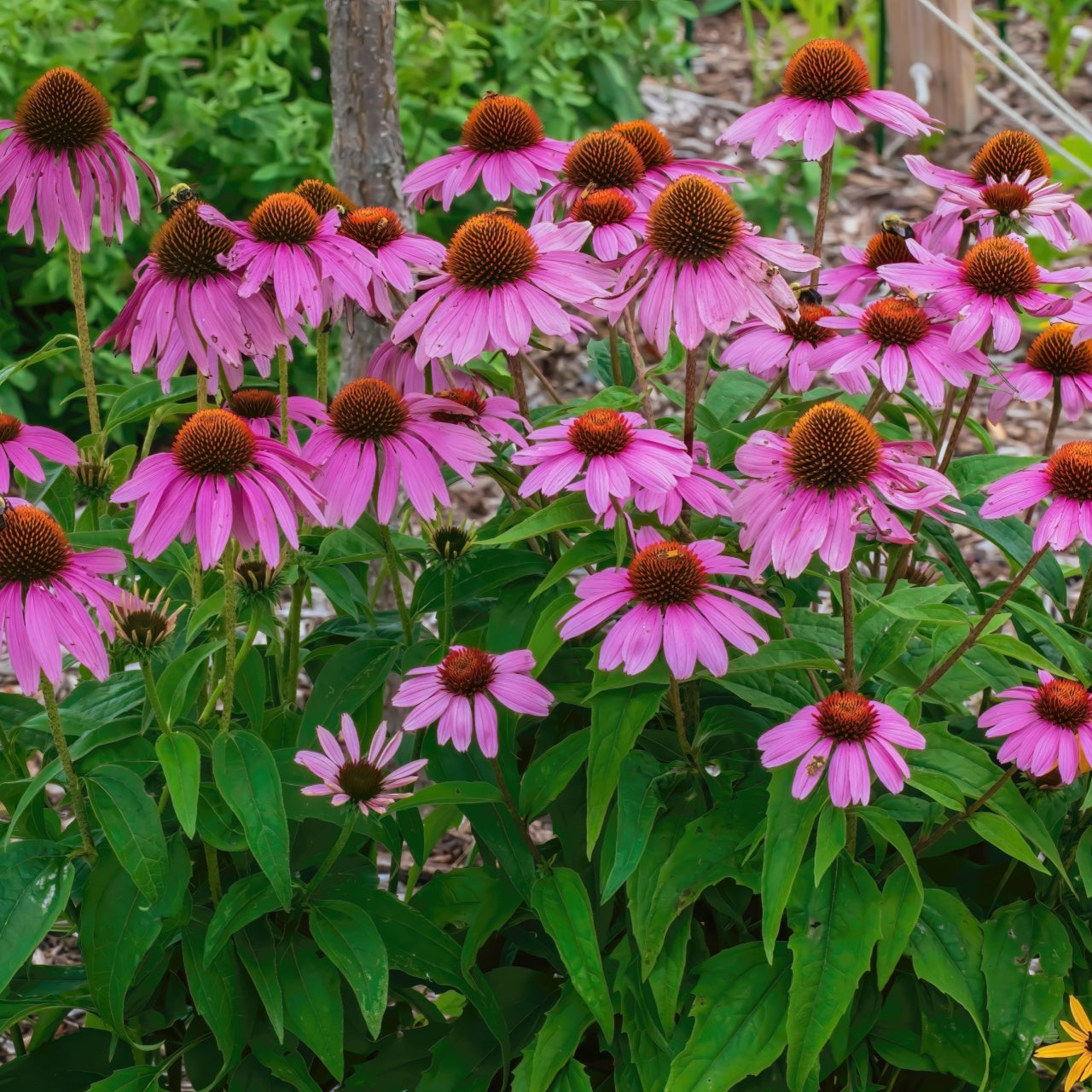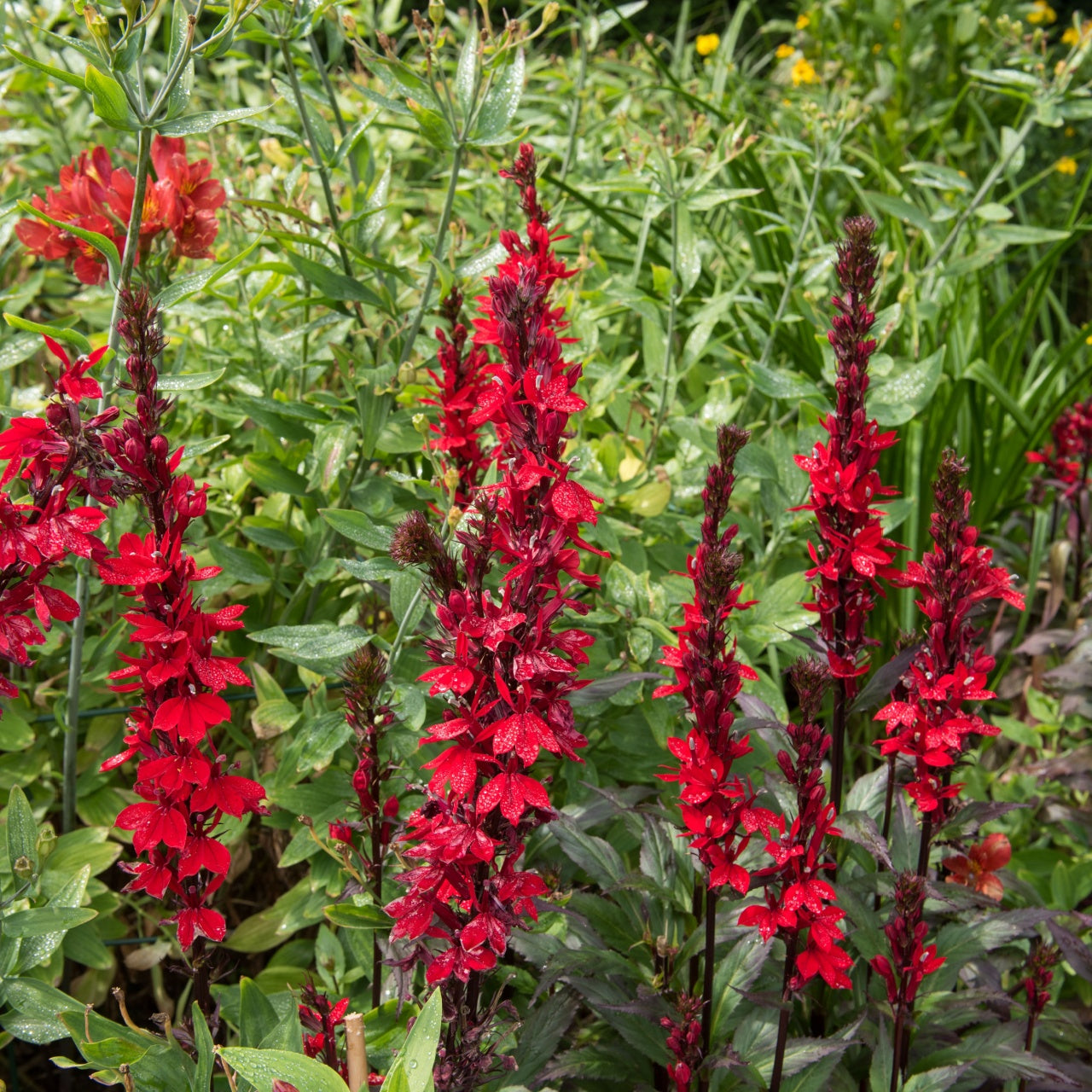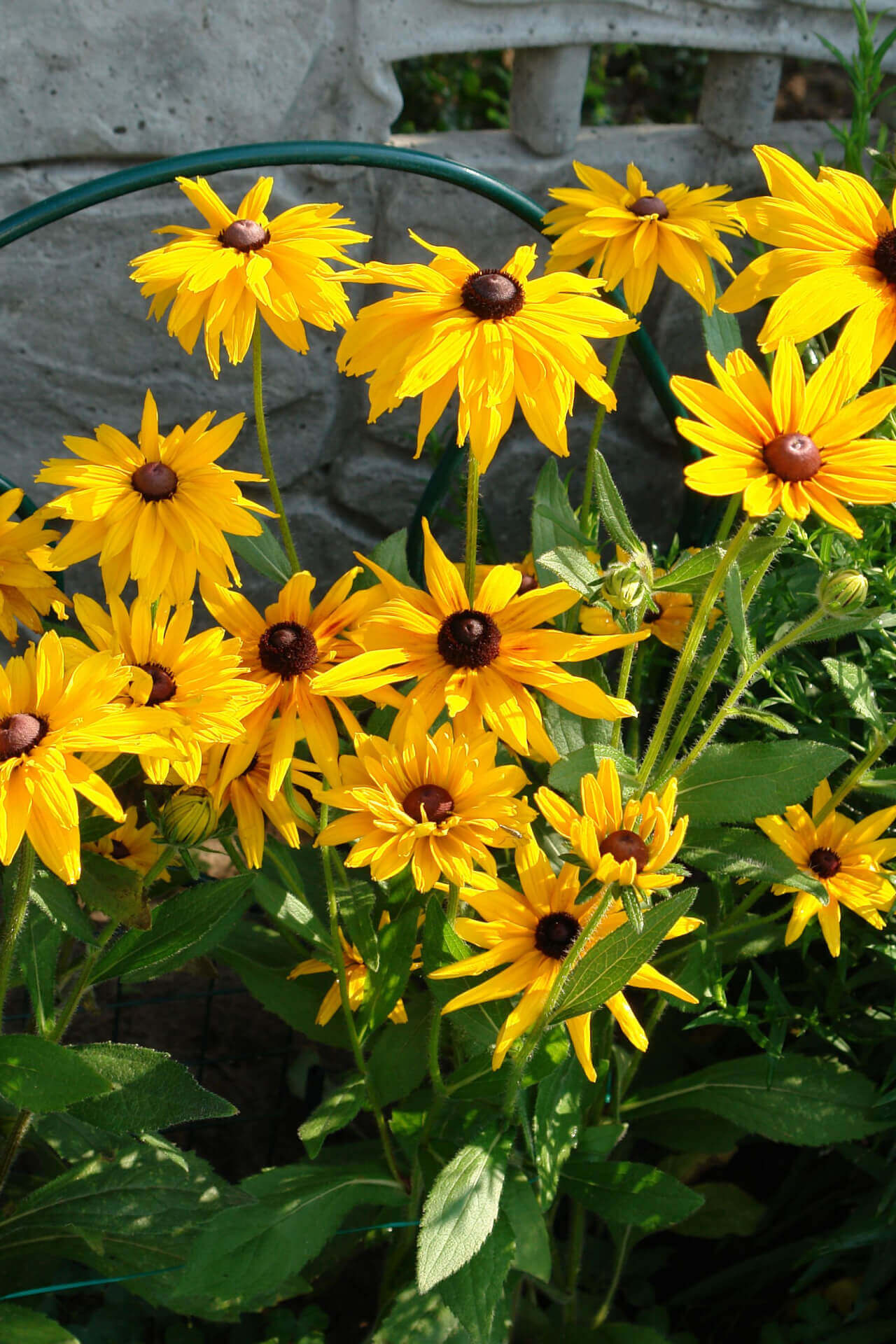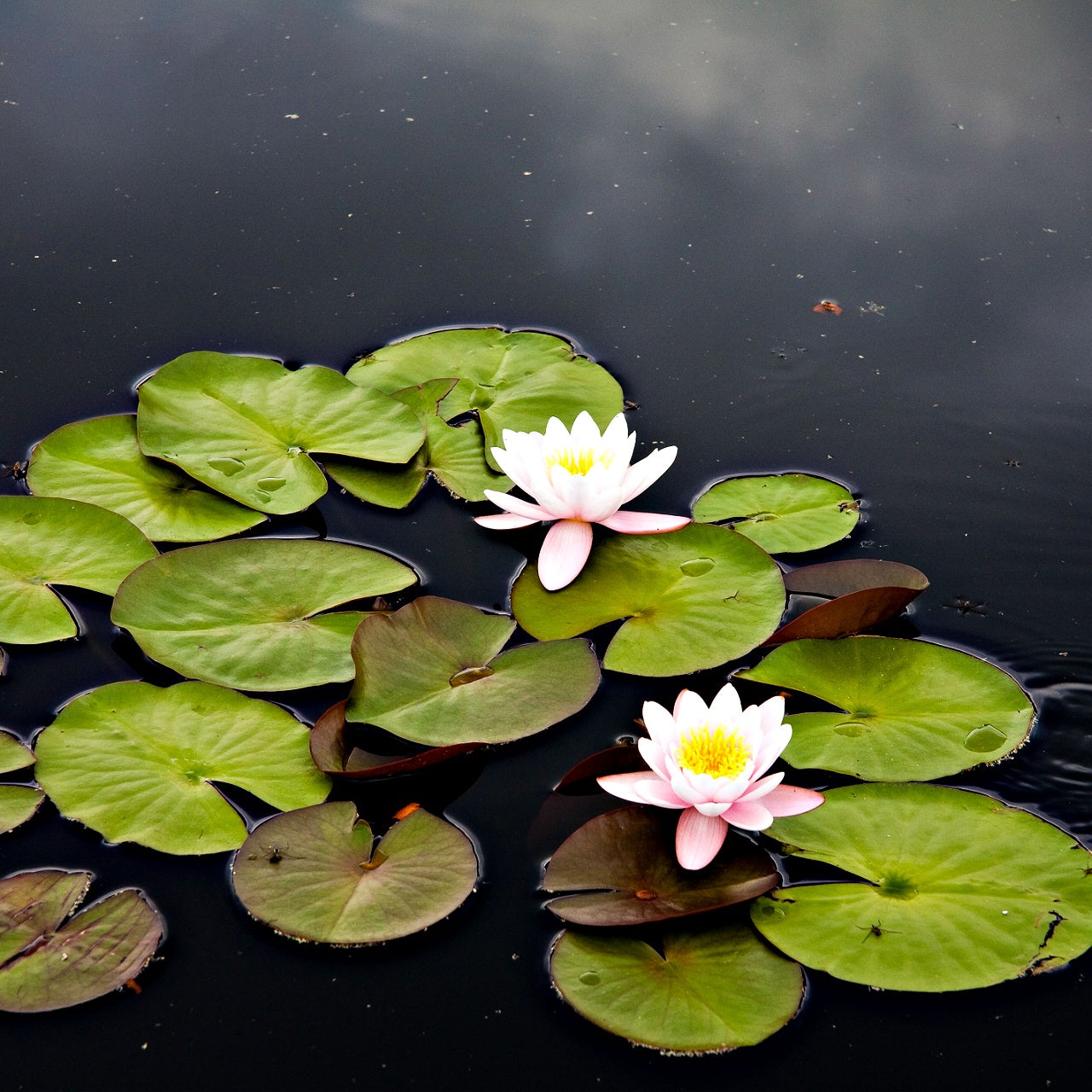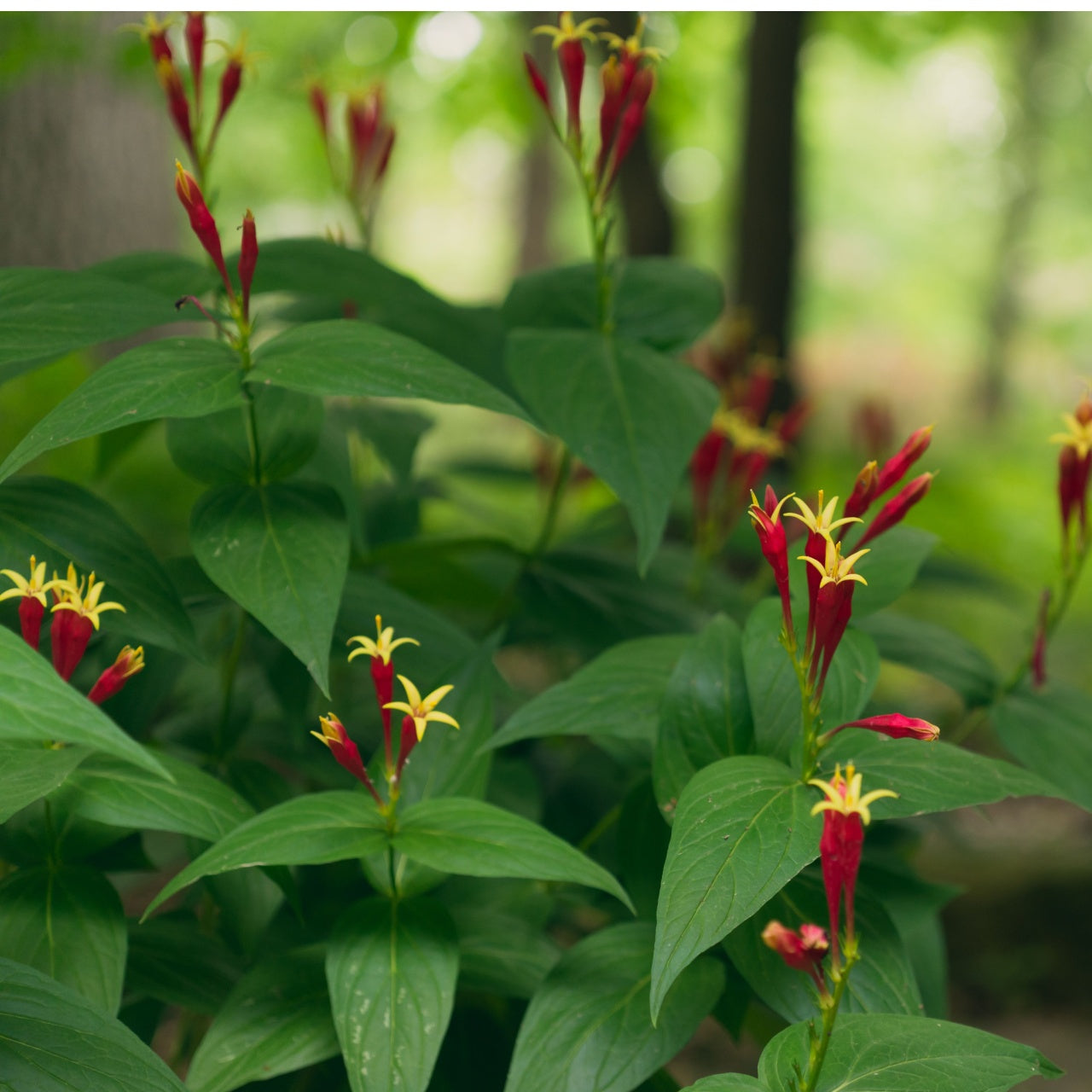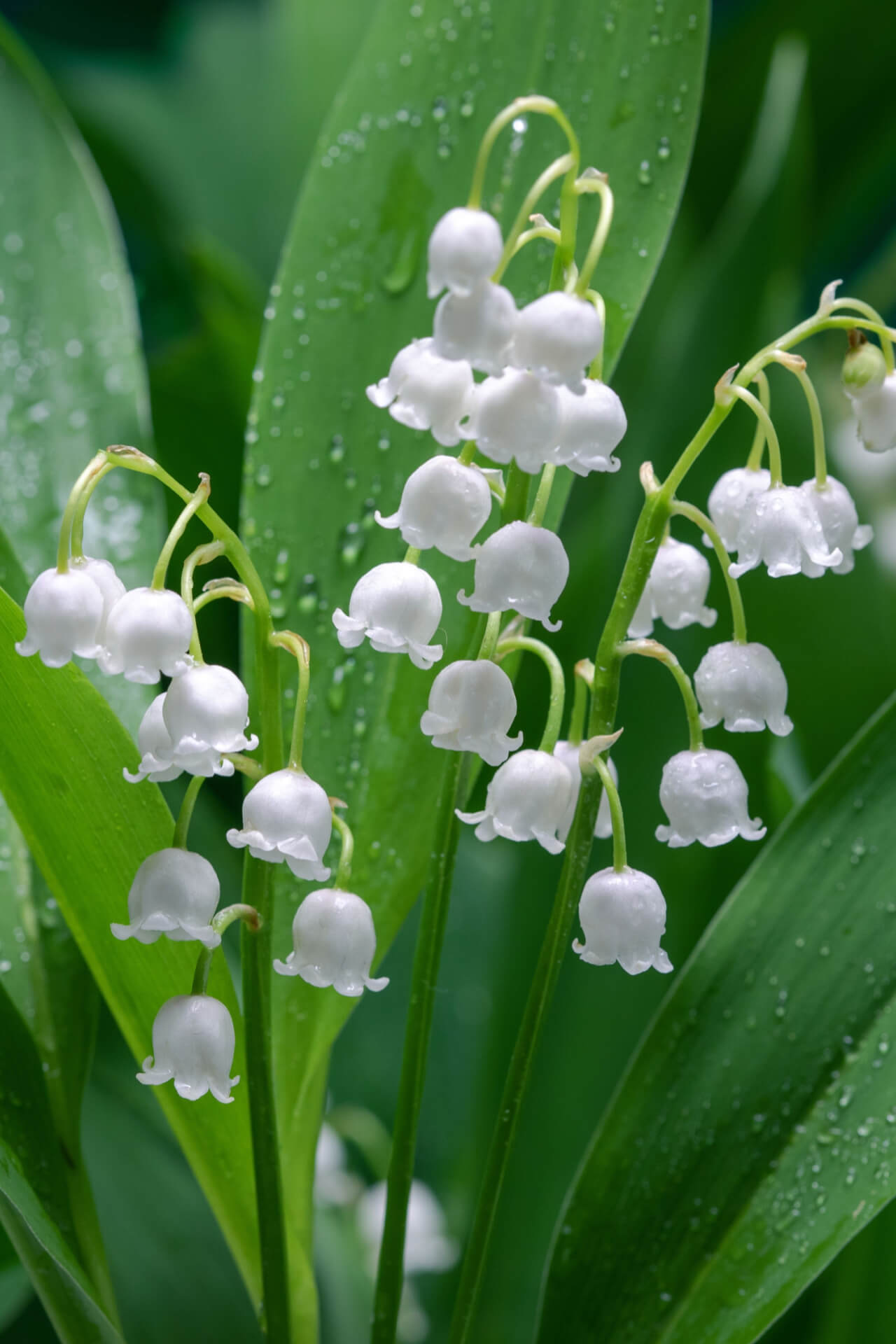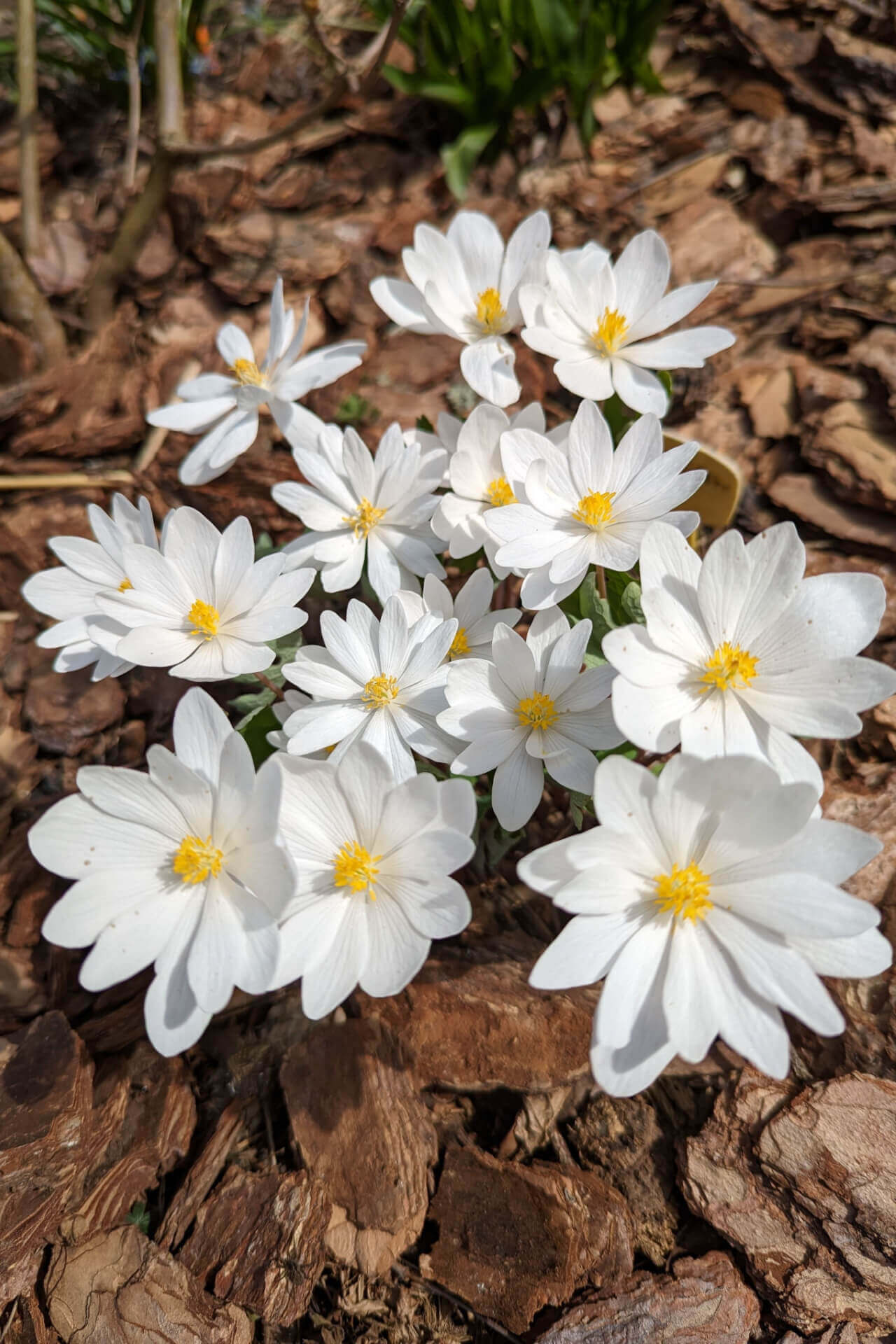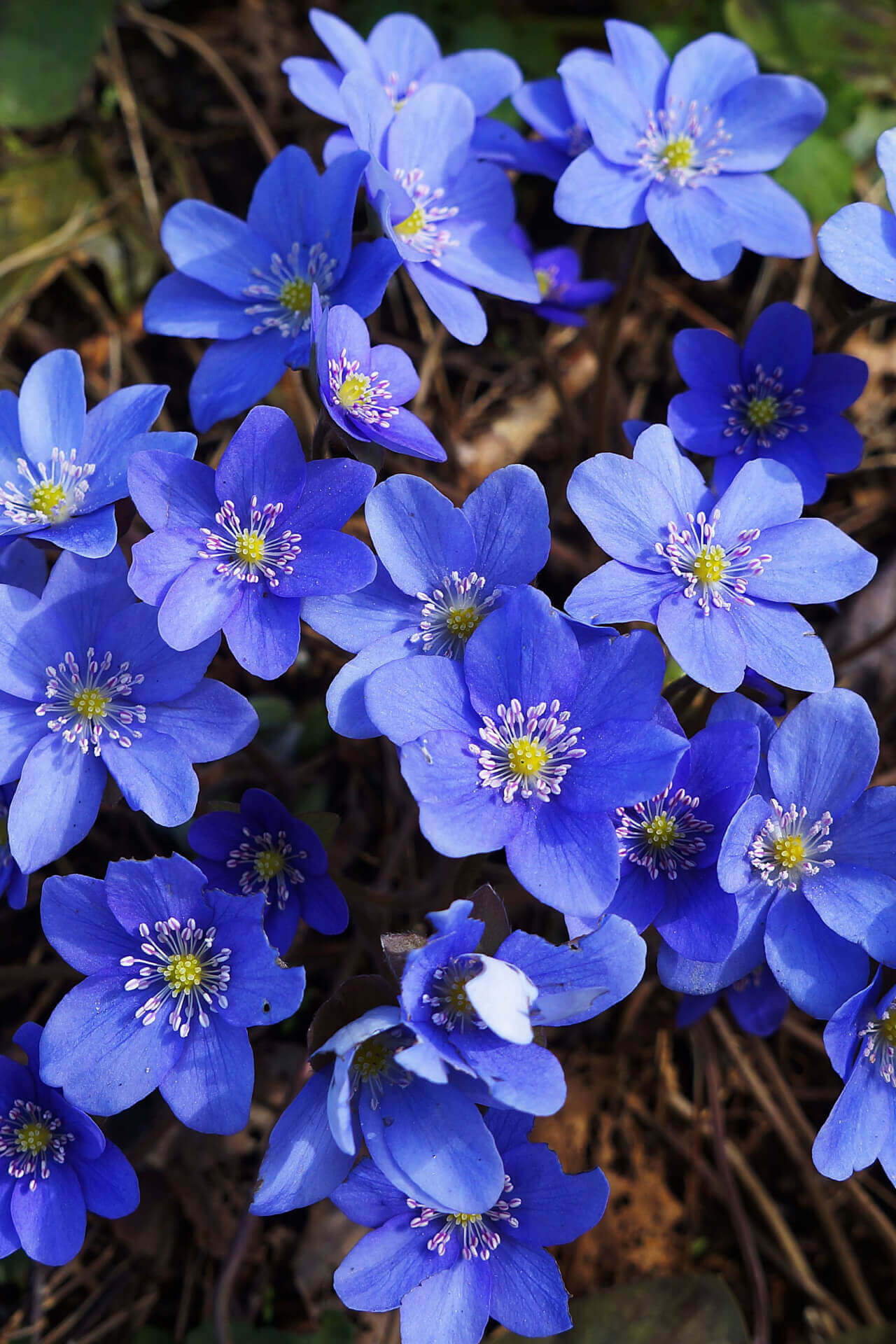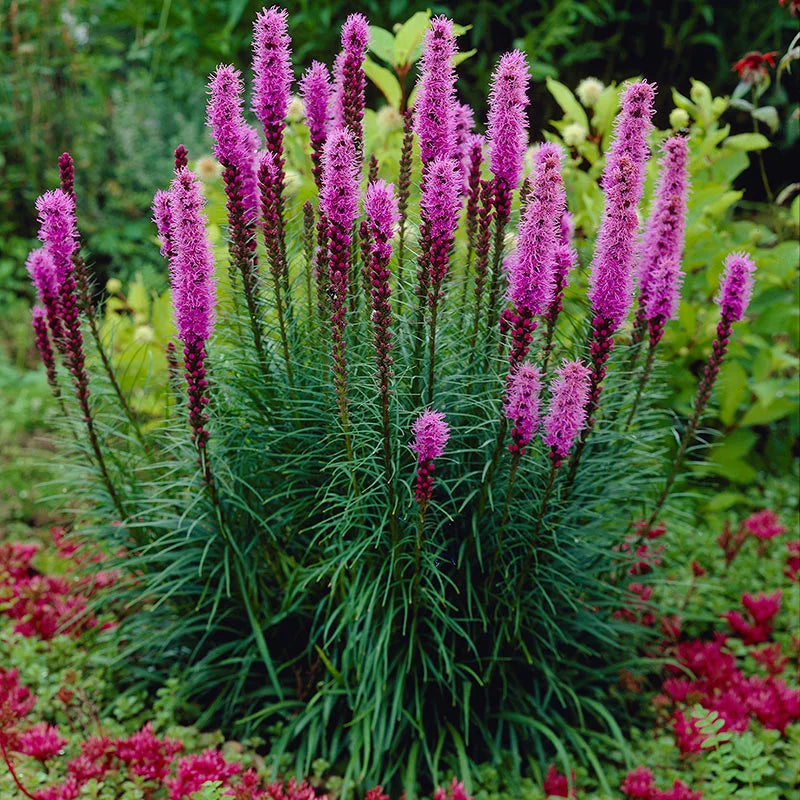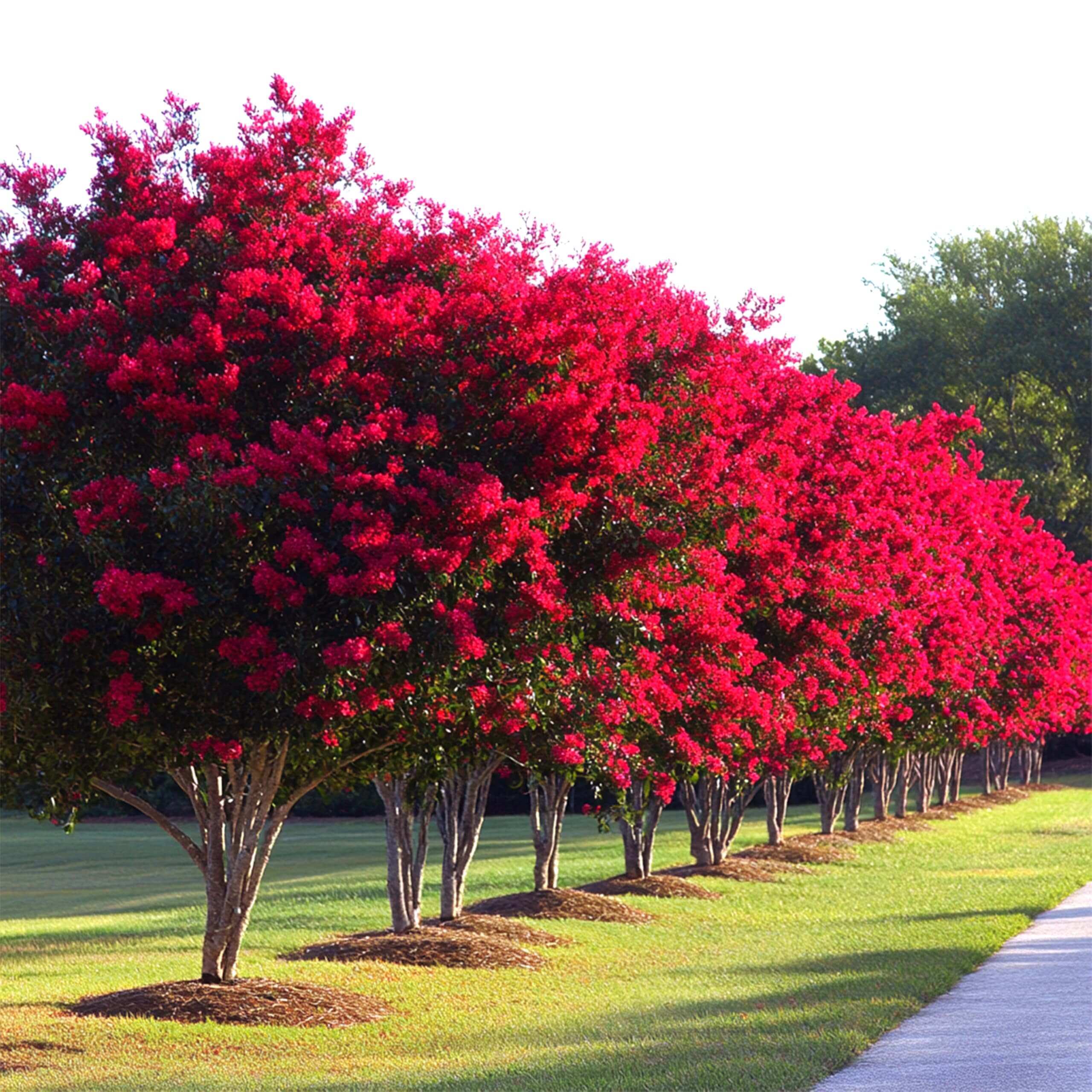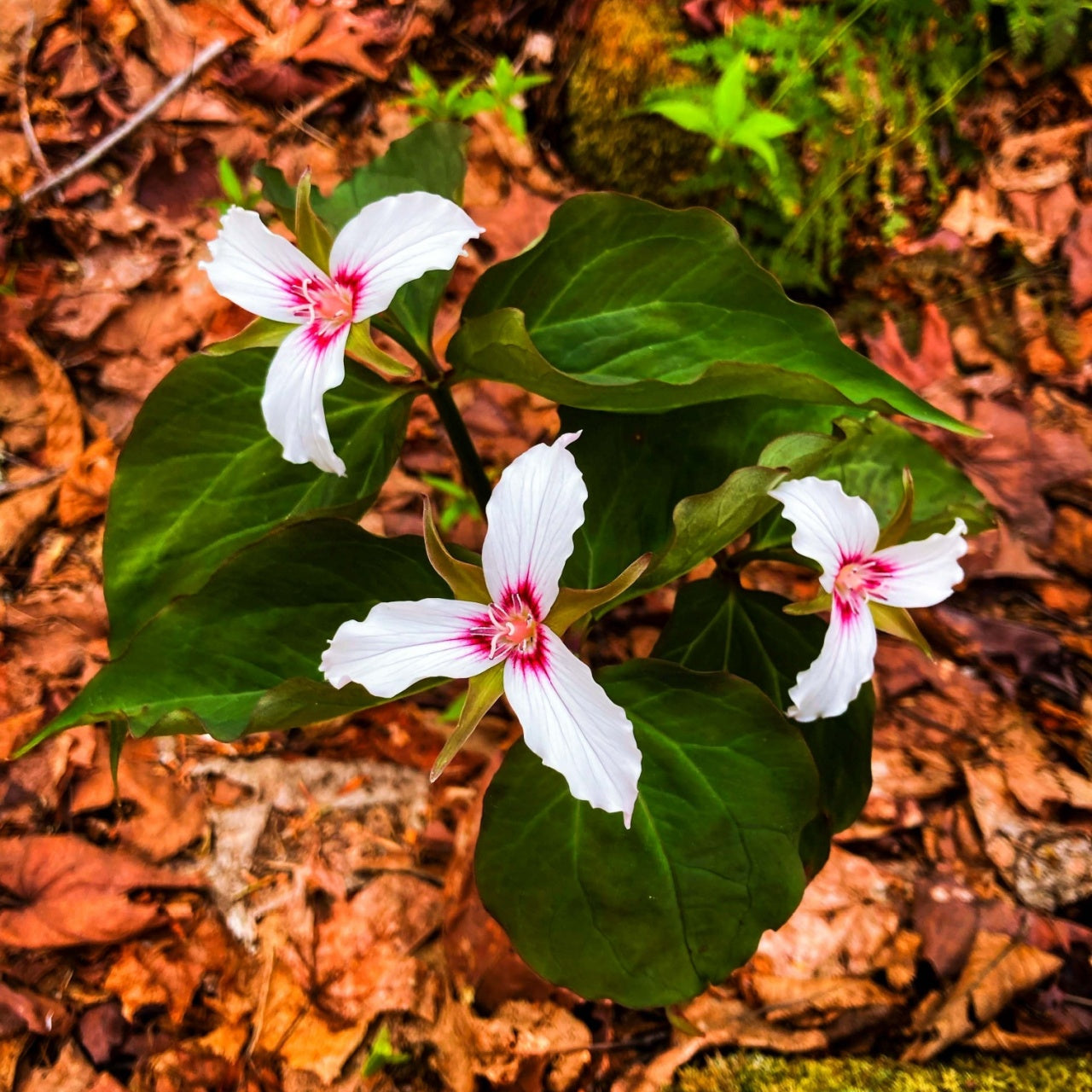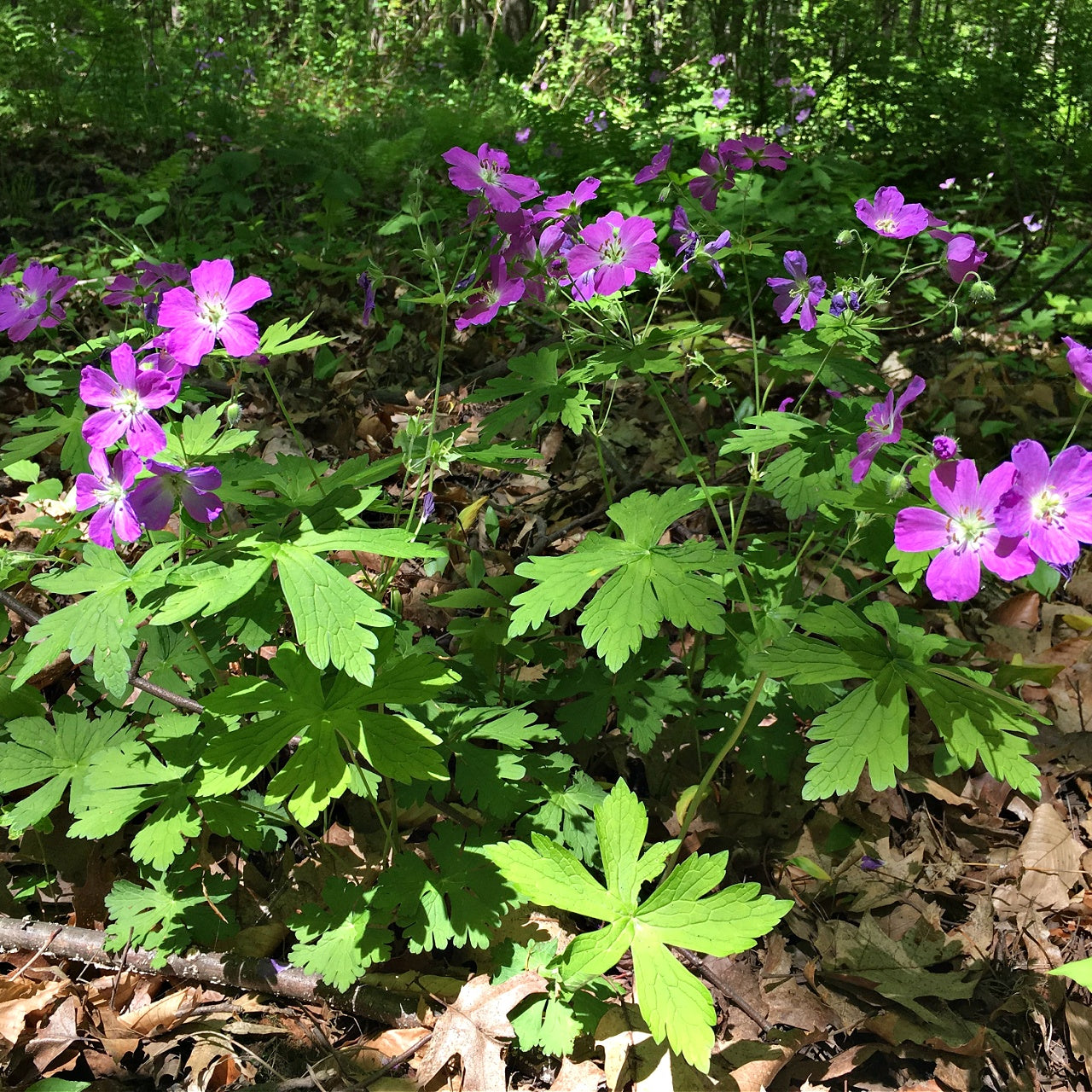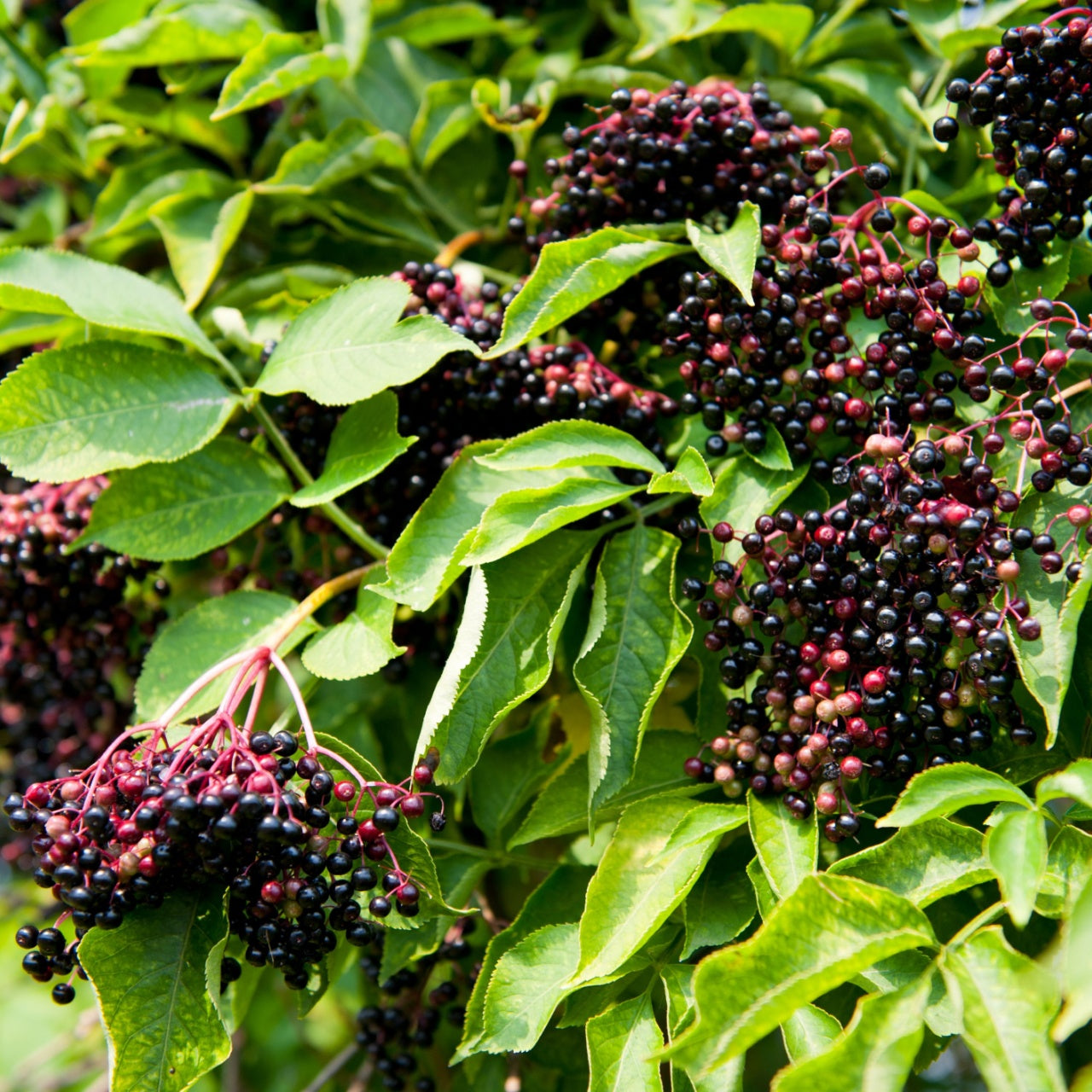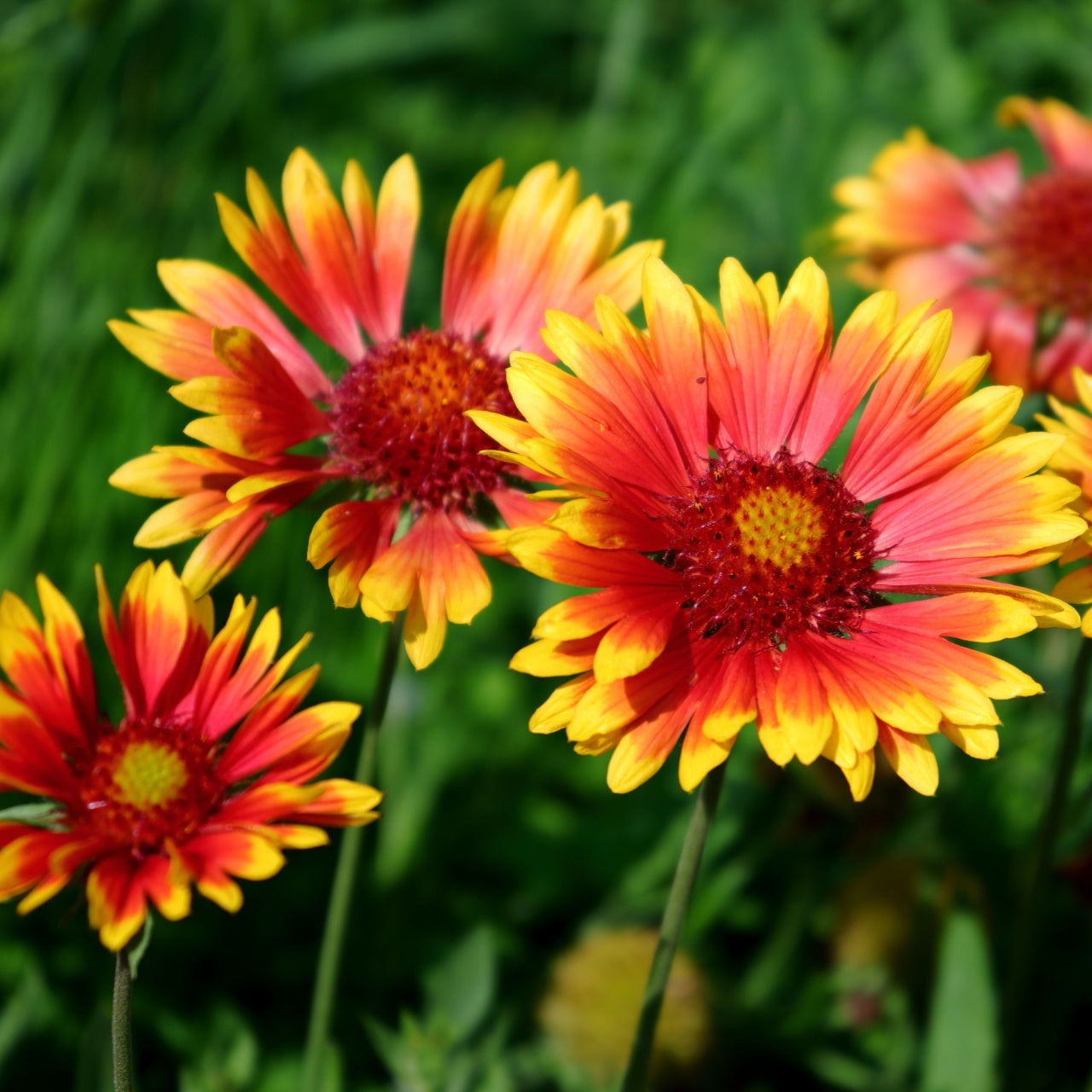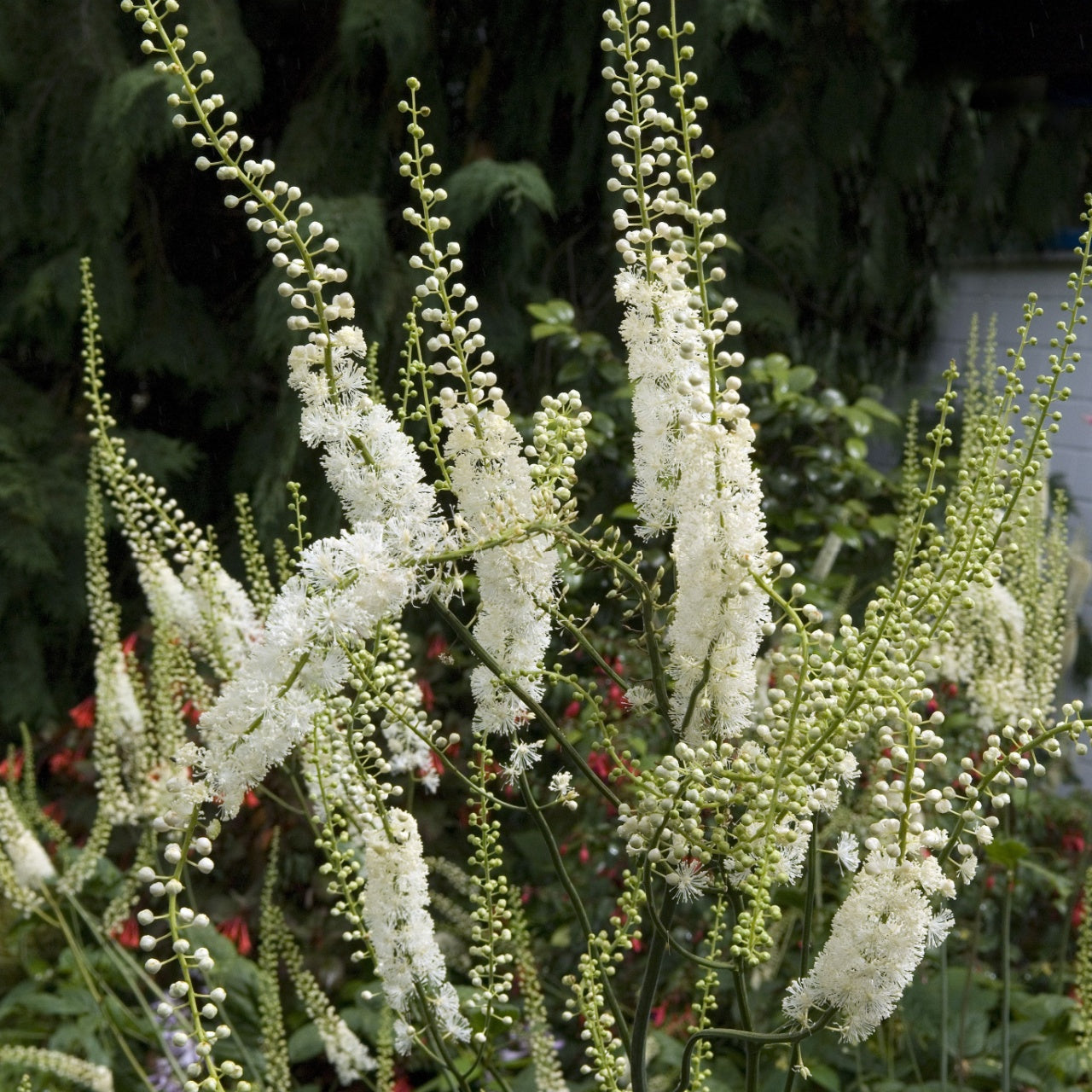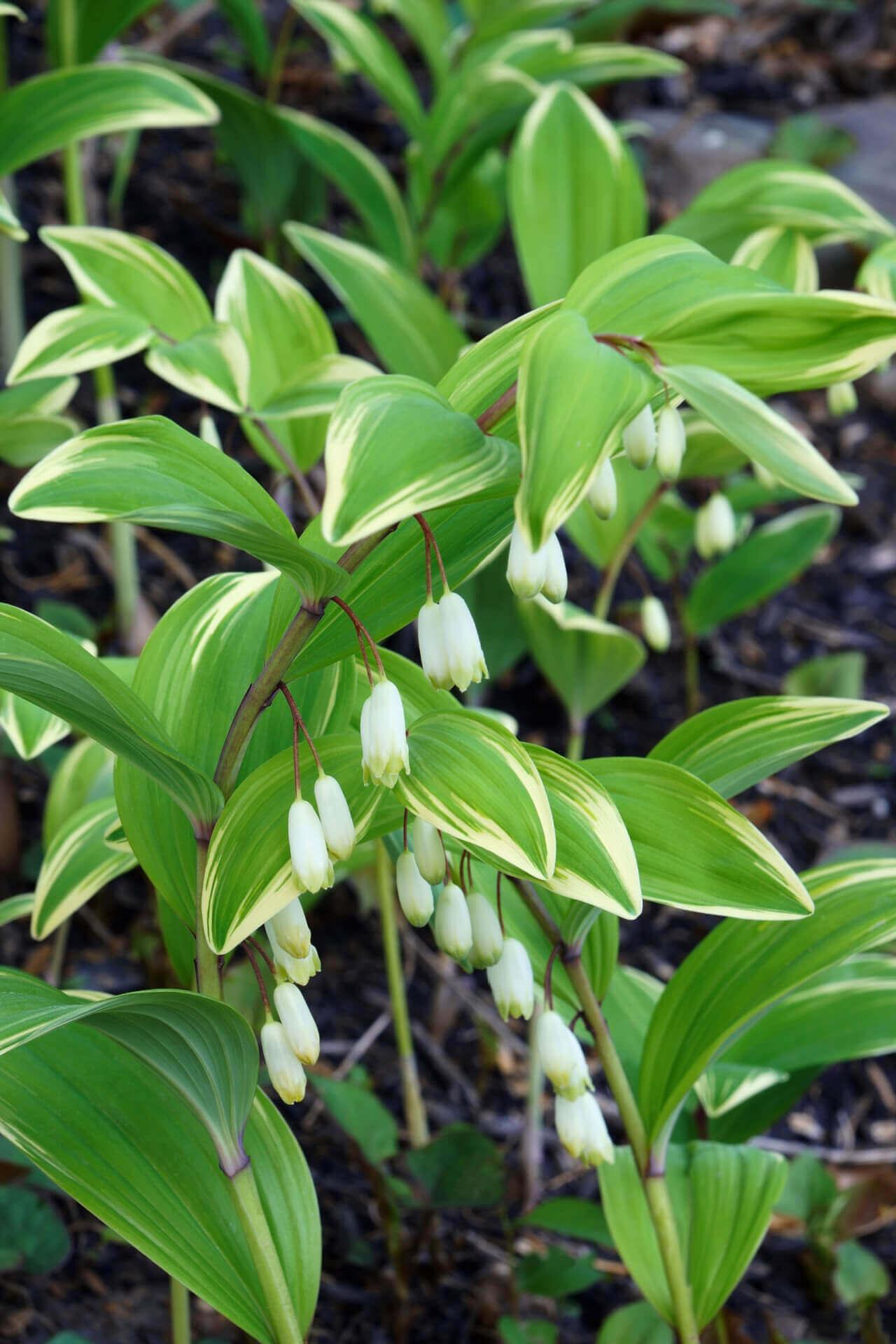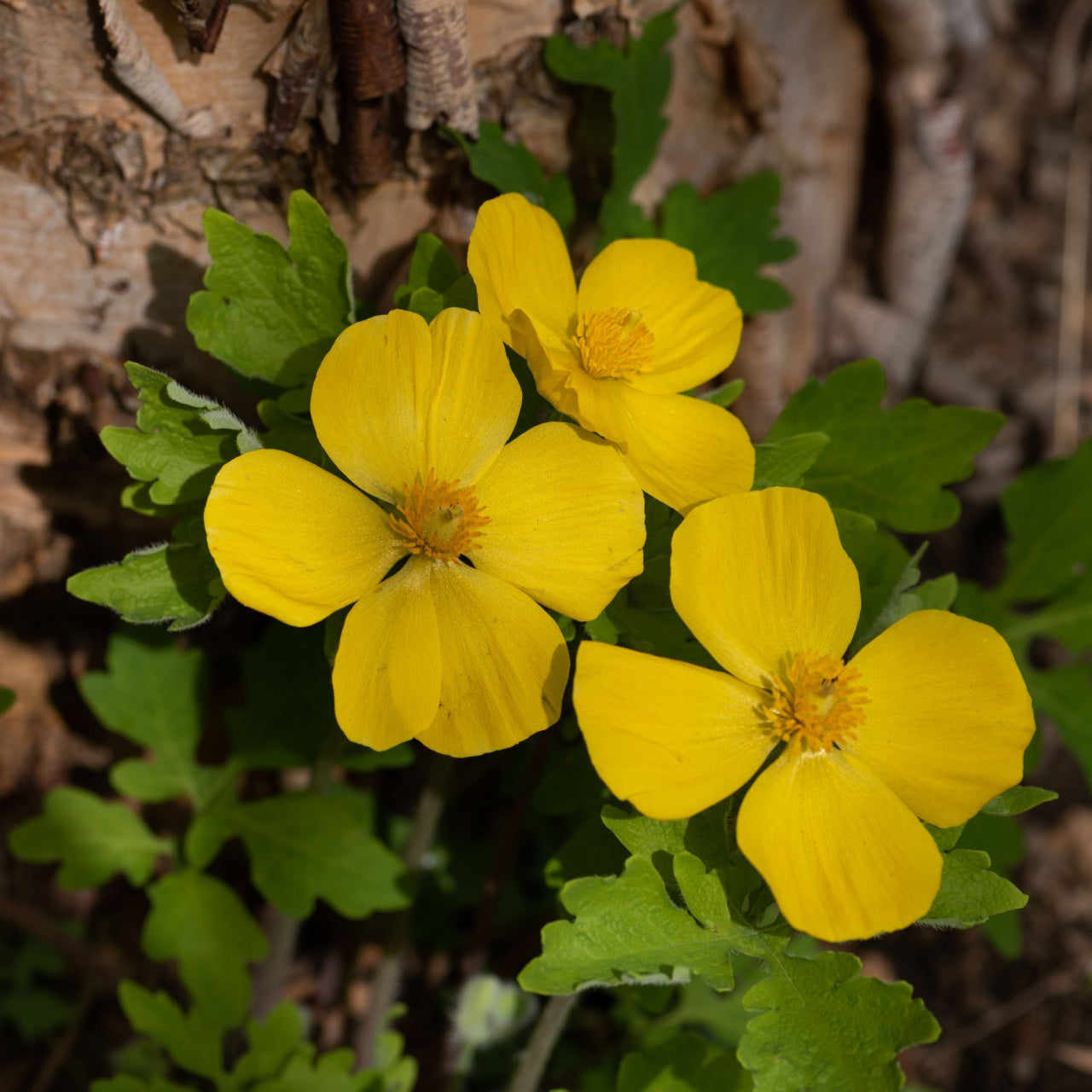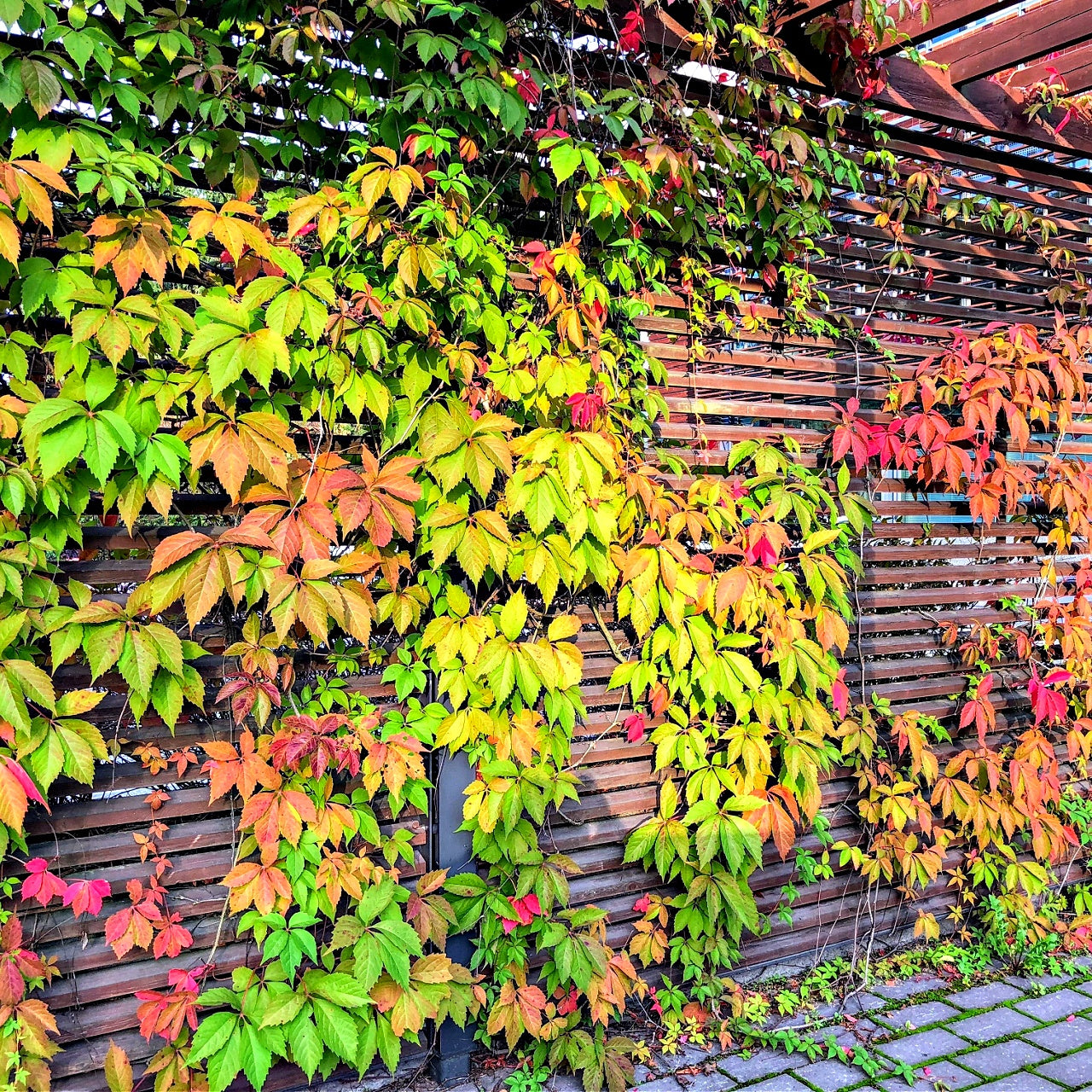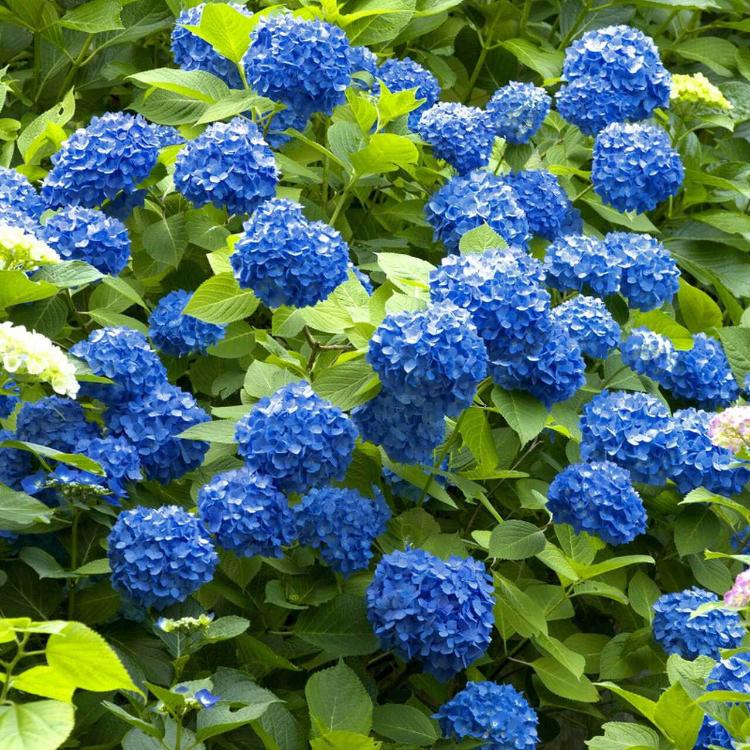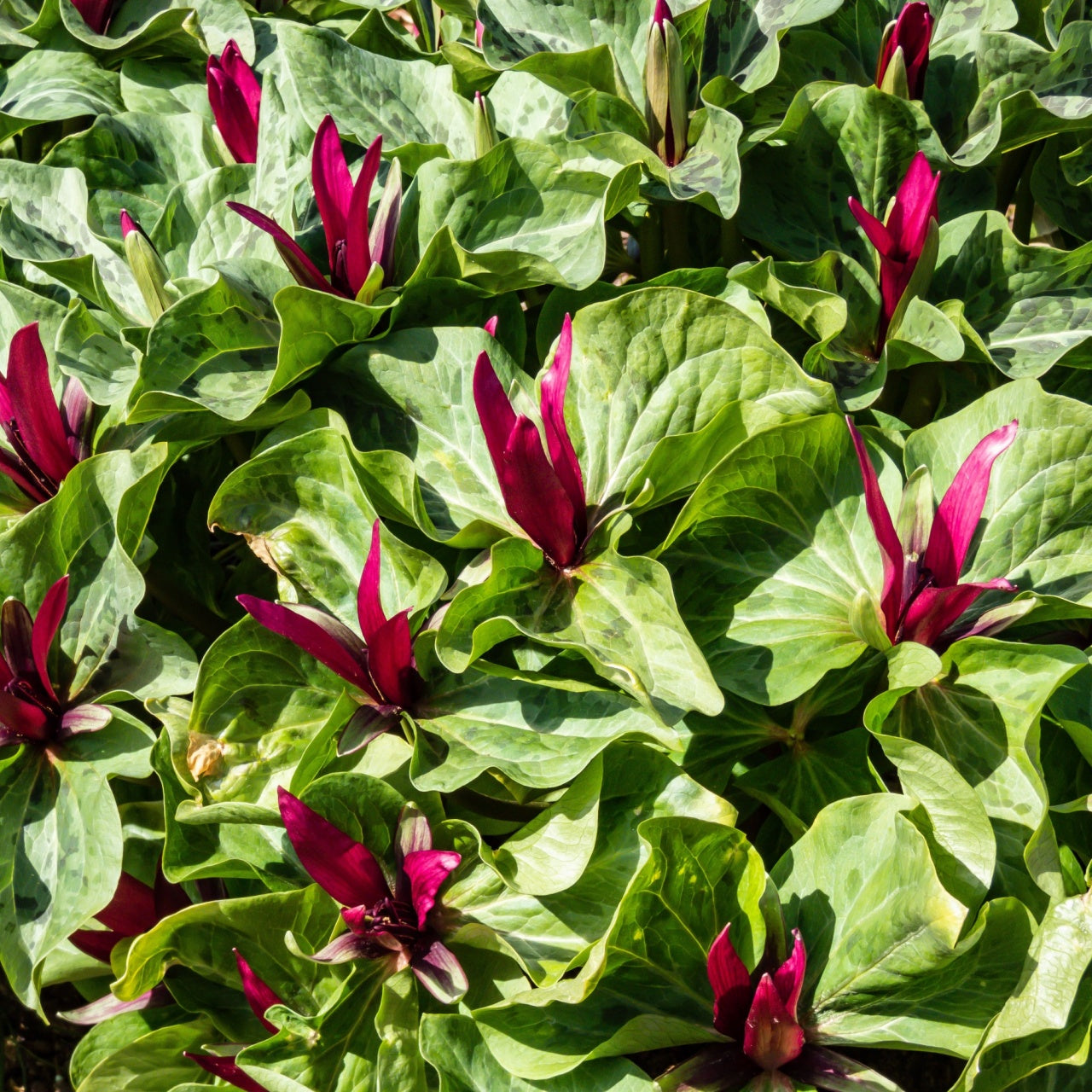Pollinator Plants for Sale
A thriving garden doesn’t just look good—it supports the ecosystem around it. With our selection of pollinator plants for sale, you can create a space that invites bees, butterflies, hummingbirds, and other beneficial creatures into your yard. These plants are more than just beautiful—they provide the nectar, pollen, and habitat our pollinators depend on to survive.
Support Pollinators with Native, Nectar-Rich Plants
At TN Nursery, we offer a wide variety of plants specifically selected to attract and nourish pollinators throughout the growing season. From early spring bloomers to fall-blooming perennials, our collection ensures a continuous food source for pollinators when they need it most. Many of these varieties are native to the U.S., meaning they’re naturally adapted to your region and more resilient.
Favorites in Our Pollinator Collection Include:
-
Milkweed
-
Essential for monarch butterflies and loaded with nectar.
-
Bee Balm
-
A bold bloomer that draws in bees and hummingbirds alike.
-
Purple Coneflower
-
Long-lasting color and a favorite of butterflies.
-
Black-Eyed Susan
-
Bright, cheery, and buzzing with activity in summer.
Why Choose TN Nursery for Pollinator Plants?
We carefully grow our pollinator plants, ship them bare root for fast establishment, and focus on varieties that provide real ecological benefits. Whether you're planting a full pollinator garden or just starting with a few favorites, you’ll find plants here that not only beautify your landscape but also make a lasting difference.
